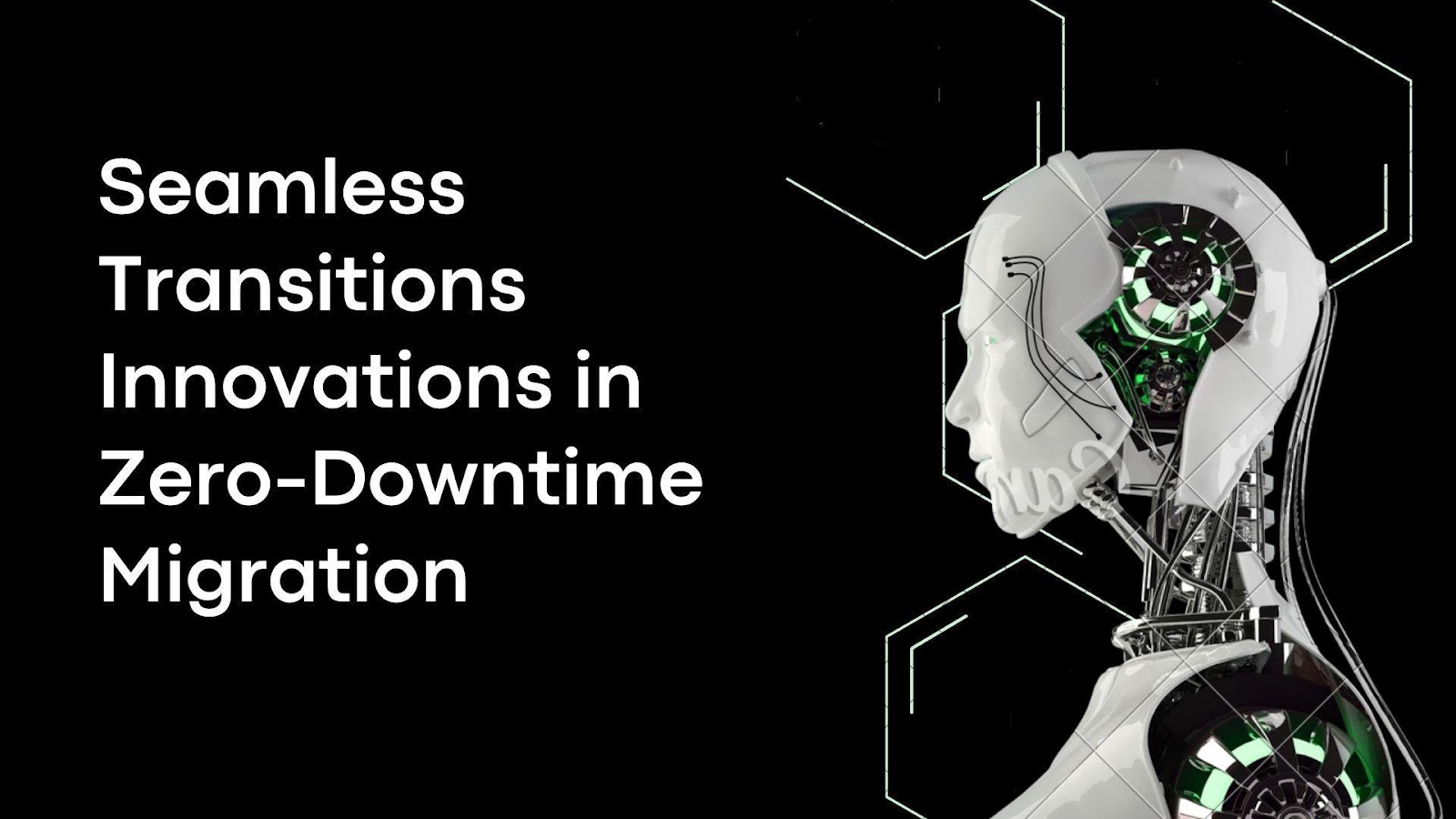In the evolving digital landscape, maintaining uninterrupted service during system migrations has become an essential requirement. Tharun Damera, an expert in distributed systems, delves into cutting-edge strategies that ensure seamless transitions with zero downtime. His research sheds light on the latest techniques that enable organizations to modernize their infrastructure without disrupting critical operations.
The Rise of Progressive Traffic Shifting
One of the most effective methods in zero-downtime migration is progressive traffic shifting. This approach allows organizations to gradually reroute traffic to a new system, minimizing risks and ensuring performance stability. Modern implementations rely on automated health checks at frequent intervals, ensuring that each incremental shift is stable before proceeding. This method has significantly reduced deployment-related incidents and improved recovery times in cloud-native environments.
Blue-Green Deployment: A Game Changer
Blue-green deployment strategies have revolutionized the way businesses handle system upgrades. This method involves maintaining two identical environments—one active (blue) and one standby (green). When an update is ready, traffic is switched from the blue environment to the green one almost instantly. Advanced database synchronization techniques ensure minimal replication lag, and rollback mechanisms enable swift reversions if issues arise. This approach has been particularly effective in high-availability industries where downtime is not an option.
Canary Releases: Minimizing Risks with Incremental Changes
Canary releases take a more cautious approach by introducing changes to a small subset of users before a full rollout. This method allows organizations to detect and resolve potential issues before they impact the broader user base. Automated analysis tools now provide real-time performance monitoring, helping teams to identify anomalies within minutes. By gradually increasing exposure based on system stability.
Enhancing Data Consistency with Advanced Replication
Ensuring data consistency during migrations is critical for maintaining operational integrity. Organizations now leverage multi-master replication to handle high transaction volumes while maintaining near-perfect consistency. Sophisticated conflict resolution mechanisms such as vector clocks and version vectors have significantly improved automated reconciliation, reducing the need for manual intervention.
Session Persistence: The Key to Seamless User Experience
Managing user sessions effectively during migration is a major challenge, but recent advancements have addressed this issue. Token-based authentication systems, such as JWT-based validation, have demonstrated near-perfect success rates in maintaining session continuity. Additionally, multi-region cache synchronization has emerged as a critical component, ensuring minimal latency and uninterrupted service for users across different geographical locations.
Service Mesh: Optimizing Traffic Flow in Distributed Systems
Service mesh architectures have introduced sophisticated traffic management capabilities that optimize request routing across distributed environments. These systems dynamically adjust traffic flows to balance loads, detect failures, and ensure minimal disruptions during migration events. With real-time configuration updates and advanced load-balancing algorithms, service meshes play a vital role in maintaining system stability while rolling out updates.
Automated Rollbacks: A Safety Net for Deployment Failures
No deployment strategy is complete without a robust rollback mechanism. Automated rollback systems have evolved to detect failures almost instantly and revert to a stable state with minimal service disruption. Modern implementations incorporate adaptive failure detectors, which utilize machine learning models to predict and mitigate potential failures before they escalate. These proactive measures ensure rapid recovery and minimize the impact on end-users.
The Power of Orchestrated Deployment Pipelines
Automation has taken center stage in modern deployment pipelines. GitOps-based architectures have streamlined the entire deployment process, reducing errors and improving system reliability. Automated testing, security scanning, and configuration validation ensure that deployments are not only seamless but also secure. This level of automation has drastically reduced the time required for software releases while maintaining high levels of stability.
Real-Time Monitoring: The Backbone of Successful Migrations
Monitoring tools powered by OpenTelemetry and AI-driven analytics have transformed observability in distributed environments. These tools process millions of telemetry data points per minute, enabling organizations to detect anomalies in real time.
In conclusion,As organizations continue to evolve their digital infrastructure, the demand for seamless migration strategies will only grow. By leveraging progressive traffic shifting, blue-green deployments, canary releases, and advanced automation, businesses can achieve reliable and uninterrupted service transitions. Tharun Damera’s research underscores the importance of integrating these innovative techniques to ensure operational continuity in an increasingly dynamic technological landscape.



































